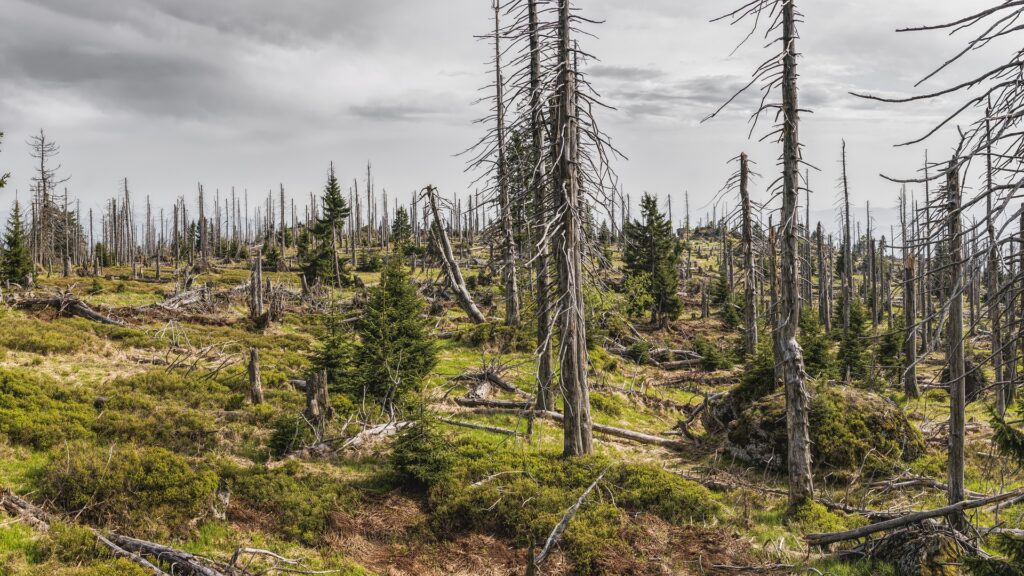Environmental portraits in photography are a powerful genre that goes beyond traditional studio setups, emphasizing the subject within their natural or chosen environment. This comprehensive article explores the history, techniques, equipment, artistic considerations, practical tips, cultural impact, and trends of environmental portraits for audiences in the United States.

Introduction to Environmental Portraits
Environmental portraits aim to depict individuals or groups in settings that provide context and insight into their lives, occupations, passions, or identities. By incorporating elements of their surroundings, these portraits offer viewers a glimpse into the subject’s personality, lifestyle, and relationship with their environment, fostering deeper connections and storytelling.

History and Evolution
The concept of environmental portraits has historical roots in documentary photography and photojournalism, where photographers sought to capture the essence of individuals within their everyday surroundings. Pioneering photographers such as Dorothea Lange, Walker Evans, and Arnold Newman used environmental portraiture to humanize subjects, convey social narratives, and document cultural landscapes during the 20th century.

Techniques and Equipment
Location Selection: Choose settings that reflect the subject’s character, profession, or personal interests. Consider natural light availability, architectural details, and environmental aesthetics that complement the narrative context of the portrait. Urban environments, workplaces, homes, and natural landscapes serve as compelling backdrops for environmental portraits.
Lighting Considerations: Utilize available light sources, such as window light, ambient daylight, or artificial lighting, to illuminate the subject naturally within their environment. Use reflectors, diffusers, or portable strobe lights for controlled lighting adjustments and balanced exposure in indoor or outdoor environmental portrait sessions.
Camera and Lens Selection: Use versatile cameras with manual exposure controls, high-resolution sensors, and interchangeable lenses suitable for diverse environmental conditions. Wide-angle lenses capture expansive scenes and environmental context, while portrait lenses (e.g., 50mm, 85mm) isolate subjects with shallow depth of field and flattering perspective.

Artistic Considerations
Composition and Framing: Employ compositional techniques, such as rule of thirds, leading lines, and framing, to emphasize the subject within their environment. Balance negative space, background elements, and foreground details to enhance narrative depth and visual storytelling in environmental portraits.
Subject Interaction: Establish rapport and engage with subjects to convey authenticity, emotional expression, and natural gestures within their environment. Encourage candid moments, spontaneous interactions, and genuine expressions that reflect the subject’s personality, demeanor, and relationship with their surroundings.

Practical Tips for Environmental Portrait Photographers
Pre-shoot Planning: Conduct pre-shoot consultations to discuss objectives, location logistics, and creative vision with subjects. Consider wardrobe choices, props, and thematic elements that align with the narrative context and enhance visual storytelling in environmental portrait sessions.
Post-Processing Techniques: Use photo editing software (e.g., Adobe Lightroom, Capture One) to refine exposure levels, adjust color tones, and enhance environmental details in portrait images. Maintain a natural aesthetic that preserves authenticity, emotional resonance, and storytelling elements conveyed through environmental portraiture.

Cultural Impact and Contemporary Trends
Storytelling and Identity: Environmental portraits celebrate cultural diversity, individual stories, and community narratives within contemporary photography. Photographers document social issues, cultural traditions, and personal milestones through visual storytelling, fostering empathy, understanding, and cultural appreciation among viewers.
Digital and Multimedia Integration: Embrace digital platforms, multimedia formats, and online galleries to share environmental portraits, engage audiences, and amplify storytelling impact. Explore interactive storytelling, audiovisual components, and immersive experiences that deepen viewer engagement and convey multidimensional narratives through digital mediums.

Conclusion
In conclusion, environmental portraits in photography offer a compelling blend of artistic expression, narrative context, and human connection through visual storytelling. By capturing individuals within their natural or chosen environments, photographers illuminate personal stories, cultural identities, and societal narratives that resonate with audiences in the United States and beyond.

From intimate home settings and vibrant urban landscapes to remote wilderness and workplace environments, environmental portraits invite viewers to explore diverse perspectives, empathize with human experiences, and appreciate the interconnectedness between individuals and their surroundings. As photographers continue to innovate, collaborate, and document evolving cultural landscapes, the art and impact of environmental portraits inspire empathy, cultural awareness, and collective storytelling in the dynamic realm of contemporary photography.